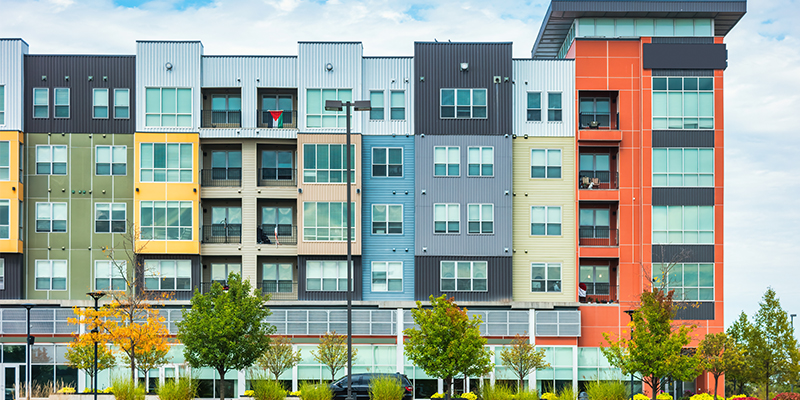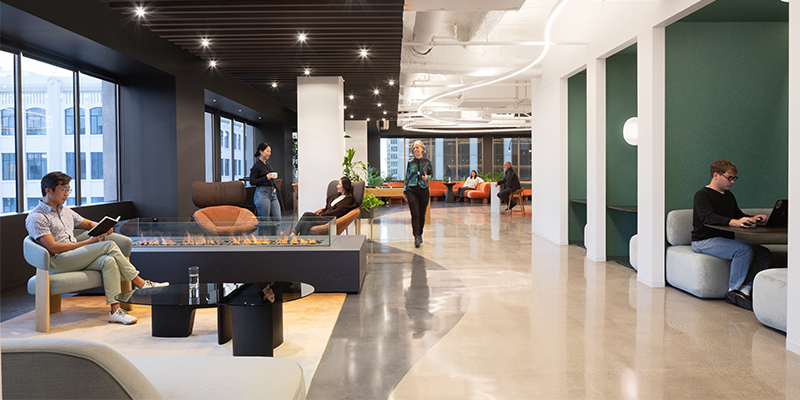Growth in e-commerce has increased the importance of last- and middle-mile logistics as companies seek to keep up with consumer demand. Bob Andrews, senior vice president and regional manager with CenterPoint Properties, and Patrick Schlehuber, executive vice president, investments for Rexford Industrial Realty, Inc., shared their first-hand insight and experience with this unique piece of the ever-growing logistics puzzle during a panel conversation led by Sergio Valentini, director, architecture, Ware Malcomb, at NAIOP’s I.CON West in Long Beach, California, this week.
The panel talked about some of the trends they’re seeing including increased demand for land in last-mile locations. For example, Rexford recently purchased a site down the street from a former Costco that Amazon acquired for conversion into a distribution center. Amazon will now use Rexford’s location for additional parking beyond what the Costco pad provides. “That is the name of the game: land. Not just for development but for vans, trucks, outside storage and more,” Schlehuber added.
Andrews shared, “We bought a four-acre site strictly for Amazon commuter vans. We never dreamed that we’d get land rents that exceeded the economics of construction or leasing. Controlling land is key.”
While multistory development was discussed, the speakers agreed that as land prices have accelerated and rents have increased, it doesn’t make sense at this time to go multistory. The speakers added that it is possible to justify a single-story building rather than take the risks associated with being on the cutting-edge.
Another challenge the speakers discussed was locating larger sites for tenants who would prefer to locate all operations on one site, eliminating off-site parking due to liability and security issues. However, there is limited luxury of locating big sites, especially in Los Angeles County where there is tight Class A inventory. Developers now are figuring out how to make unique sites work, whether that means modernizing the building, knocking down a building or even creating parking inside the building.
Andrews underscored this need for finding creative solutions. CenterPoint Properties acquired a shuttered 130,000-square-foot Walmart in Norwalk, California, on 9.5 acres with a large parking field. They are now working with the city to convert the property to a last-mile facility. “The city has been very supportive. You have to find opportunities that support demand and we’re confident that it will make a nice last-mile location,” Andrews said.
While not all cities are supportive of these uses, the fact is that many of these locations are now vacant big-box retail properties that are no longer providing value. Conversion to a last-mile facility makes sense, especially if the site is in zoned industrial areas.
Looking ahead, these experts see increased adoption to last mile in the food space and the integration of more robotics technology into delivery systems, as well as an increased influence of electric vehicles and green energy into the site dynamics.
This post is brought to you by JLL, the social media and conference blog sponsor of NAIOP’s I.CON West 2021. Learn more about JLL at www.us.jll.com or www.jll.ca.









